McGill is a research-intensive university credited with many scientific discoveries and other inventions. However, there are certain research projects that went horribly wrong and the university tends to downplay them. One of the most devastating discoveries ever made occurred in McGill University’s MacDonald Physics Building, which is now said to be cursed.
Welcome to the seventieth installment of the Haunted Montreal Blog!
With over 450 documented ghost stories, Montreal is easily the most haunted city in Canada, if not all of North America. Haunted Montreal dedicates itself to researching these paranormal tales, and the Haunted Montreal Blog unveils a newly researched Montreal ghost story on the 13th of every month!
This service is free and you can sign up to our mailing list (top, right-hand corner for desktops and at the bottom for mobile devices) if you wish to receive it every month on the 13th!
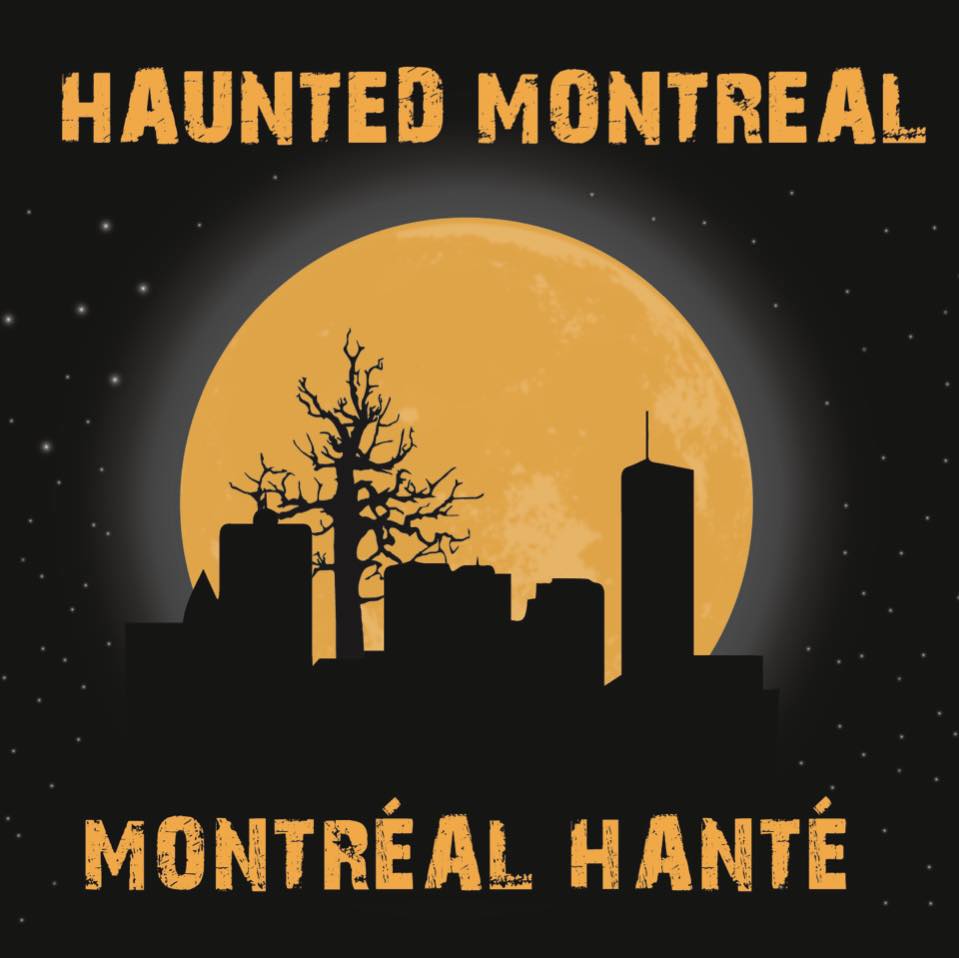
We are also thrilled to announce that with new public health measures in place, we have re-booted three of our outdoor haunted experiences with a maximum of 25 clients each:
- The Haunted Downtown Ghost Walk
- The Haunted Mountain Ghost Walk
- Paranormal Investigation in the Old Sainte Antoine Cemetery
We are also offering our Virtual Ghost Tour on demand!
Both public and private sessions are available! More details are below in our Company News section!
This month we examine Montreal’s haunted funicular trail on Mount Royal. Starting near the fire station on Mount Royal and heading in a straight line to the Olmsted Road is probably the most haunted trail on the mountain.
Once the site of a funicular railway, today McGill students avoid this trail at night due to persistent rumours about the ghost of a man named John Jack McLean.
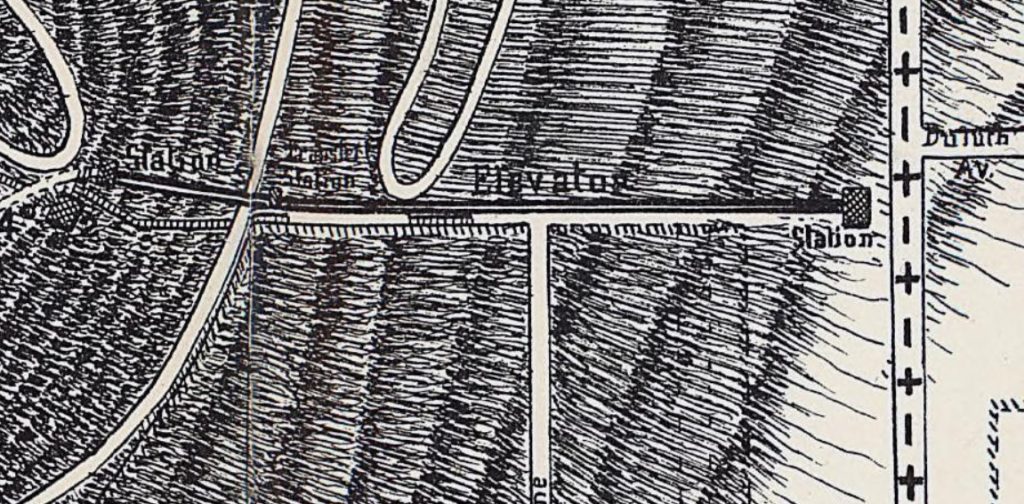
After having died by suicide in 1906, McLean’s ghost haunted the funicular until it was dismantled in 1918. Today, he is said to still roam the area, terrorizing those foolish enough to venture on the old funicular route after sundown.
Haunted Research
The old funicular trail is said to be the most haunted pathway on Mount Royal. Carved into the mountain to accommodate an incline railway, the human-made path is very difficult to escape.
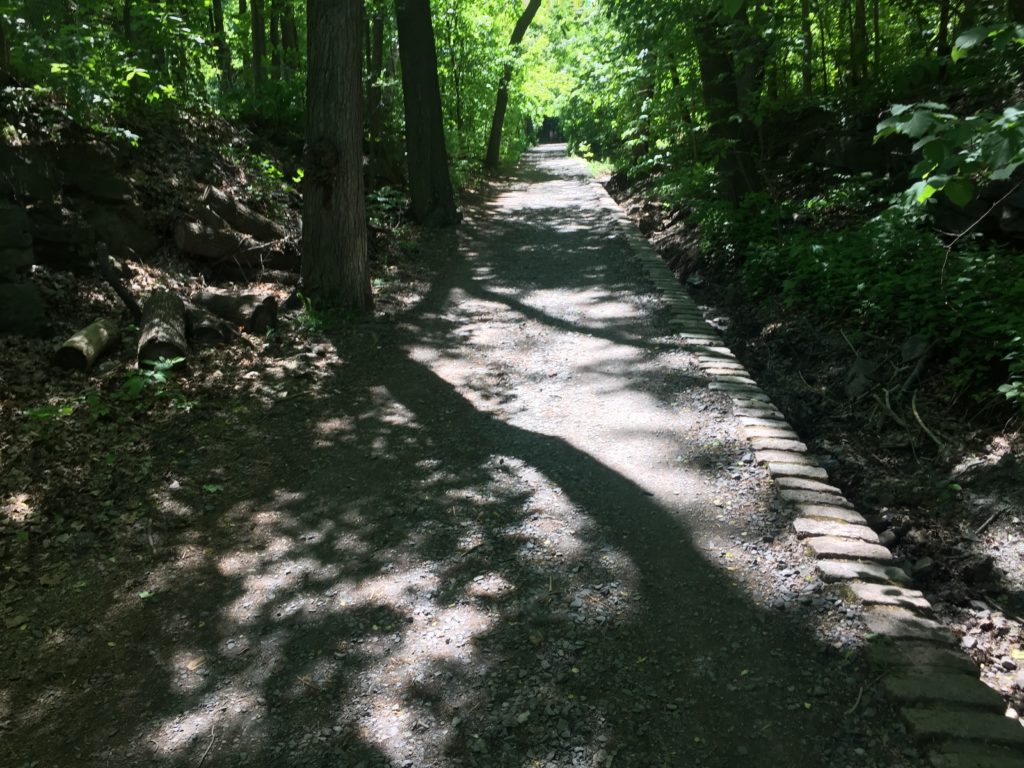
The lower part of the trail features downward slopes on either side and the upper portion has small cliffs on both sides.
McGill students avoid this pathway at night for good reason. In 2008, a girl living in the Gardner Hall McGill Residence, which borders the trail, made a serious mistake.
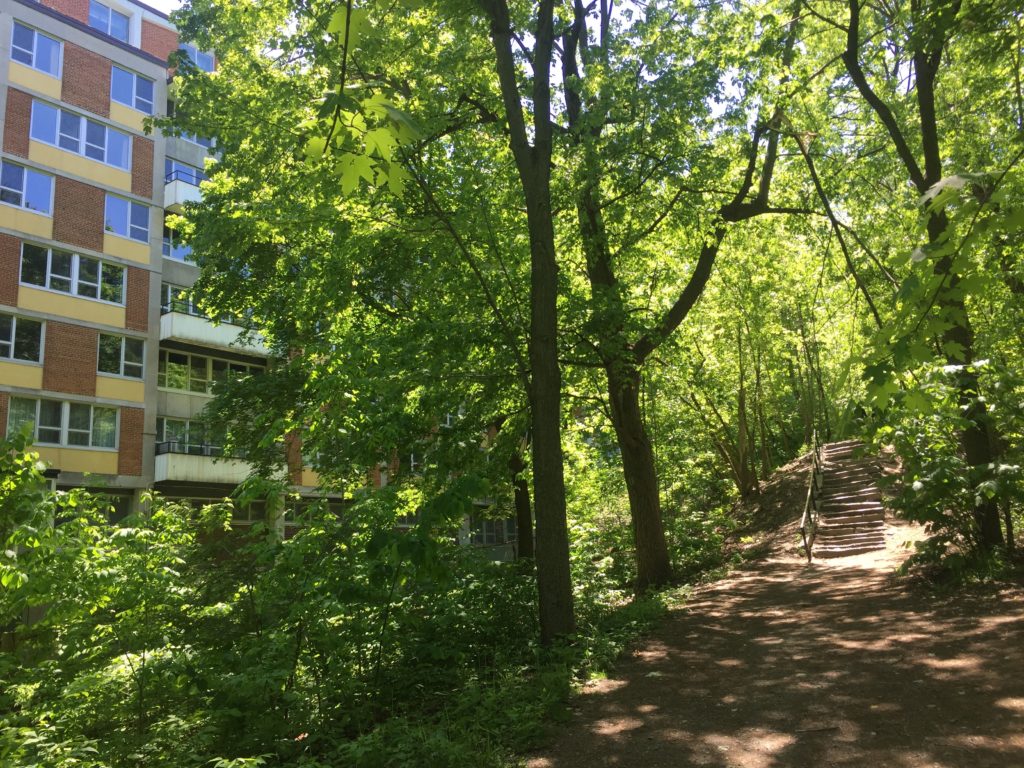
She decided to go to a party at the University of Montreal on the other side of the mountain. That wasn’t the mistake, by the way. The mistake was deciding to walk home over the mountain, all alone. At first, she walked through the Catholic cemetery without incident. She then followed the Olmsted Road and descended the stairs to the funicular trail.
As she continued down the trail, she noticed a man stumbling about as though he were drunk. She wasn’t sure what to do. She didn’t want to go all the way back, but she didn’t really want to try and pass him either. She pondered and decided that she would try to pass him as quickly as possible.
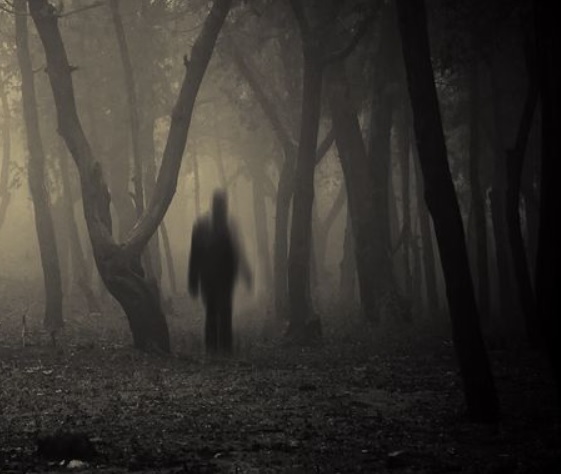
As she approached, she could hear a sort of a gurgling noise. As she got closer, she noticed a sweet and tarry smell in the air. As the man stumbled towards her, she saw that there was a problem. She could see his jawbone and teeth protruding through tattered skin.
The man reached out as though to grab her and she went tumbling to the right down the slope. She scrambled over the fence, breaking it in the process, and bolted back into her Residence.
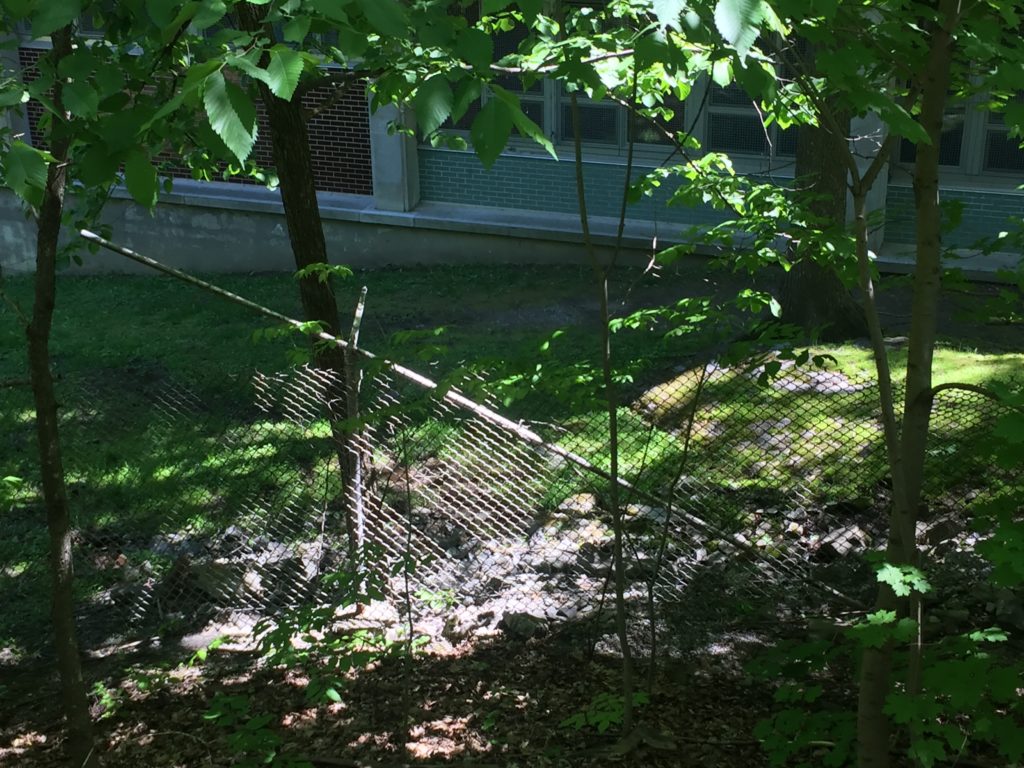
She vowed never to use this pathway at night ever again.
This pathway has a unique history. Frederick Law Olmstead, who designed Mount Royal Park, didn’t want Montrealers to have a quick way to reach the top of the mountain; he intended for them to stroll leisurely along the winding path that begins near the Sir George Étienne Cartier Monument. However, on May 24, 1876, the day Mount Royal Park officially opened, the City of Montreal gave immediate permission to one Xavier Lefevre to build an incline railway on the south-east slope of the mountain as a way to draw more people to the park.

The “Mountain Park Incline Railway” began operation in 1884. Its base was where the Central Fire Station is now, and it climbed on two 45-degree angle broad-gauged tracks, its cars being raised and lowered by cables. The ticket office and winch-house were at the base. It cost 5 cents to go up and 3 cents to go down and for “inmates of charitable institutions and orphan asylums” it was free.
The system worked with specialized carriages that were enclosed with iron mesh. Each had three levels and benches to sit on. When a bell rang, the carriage was filled with passengers, then a high steel door was locked shut by a guard. The terrifying ride whipped past tree branches, which brushed against the car, and took passengers up the mountain in 3 to 4 minutes. One passenger suggested: “One’s life was at the mercy of the cables”.

At the upper terminus another guard unlocked the carriage and passengers were treated to a wooden pavilion built on pillars with a splendid view of the city. Despite being open, it even had an elevated roof to protect viewers from the elements.
At dusk, on September 5, 1906, a park constable made a gruesome discovery in an orchard near the base of the incline railway. A recumbent man was found face downwards, and a kerchief with the sweet and tarry odour of carbolic acid was found tightly muffled around his mouth. His lips were badly burned and disfigured. He had been lying there, dead, for 4 – 5 hours, but passersby assumed he was drunk or merely asleep. John “Jack” McLean’s gruesome death was ruled a suicide by carbolic acid, a popular way to off oneself during the Victorian era, believe it or not.
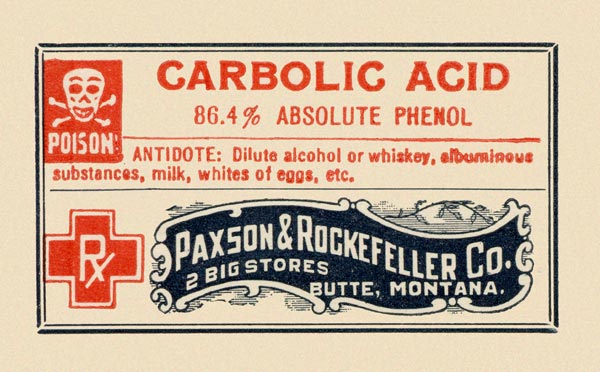
Jack was 37 when he died. In the prime of his life, “Jack” McLean was very athletic, and well known in sports circles. He belonged to the Montreal and Shamrock Amateur Athletic Associations. He lived on Coloniale Street with his wife and two children, and worked for 20 years steady at the Montreal Harbour Commission.
“Jack” McLean was said to have been drinking a lot lately and is said to have been feeling depressed. He hadn’t participated in sports for several years on account of a railway accident on the C.P.R. tracks near Saint Martin, which severed both his feet.
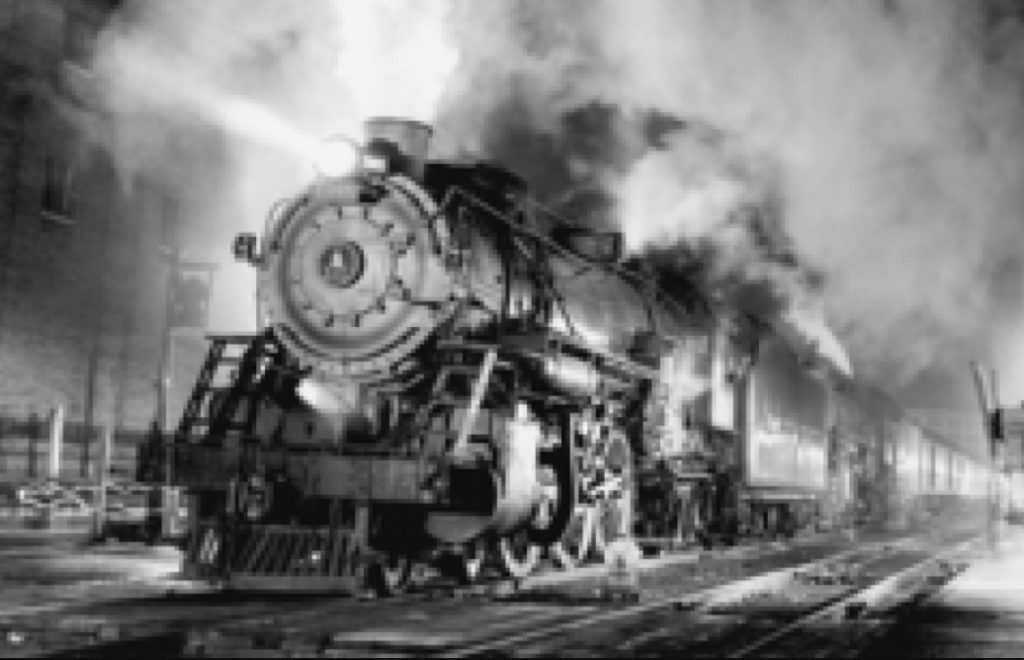
Despite the progress he made with prosthetic versions – in the office nobody could tell he had fake feet – he was still unable to do sports any more. He didn’t like the pity he got when attending games, so eventually he stopped attending them altogether. He would sit on the mountain, often drunk, jealously watching the athletes running up the Olmsted Road to the summit. Due to his accident, he, along with the lazier people, had to take the funicular if they wanted to reach the summit of Mount Royal. It drove him crazy, not to be able to walk the Olmsted Road, and is alleged that he lost his mind going up and down the funicular.
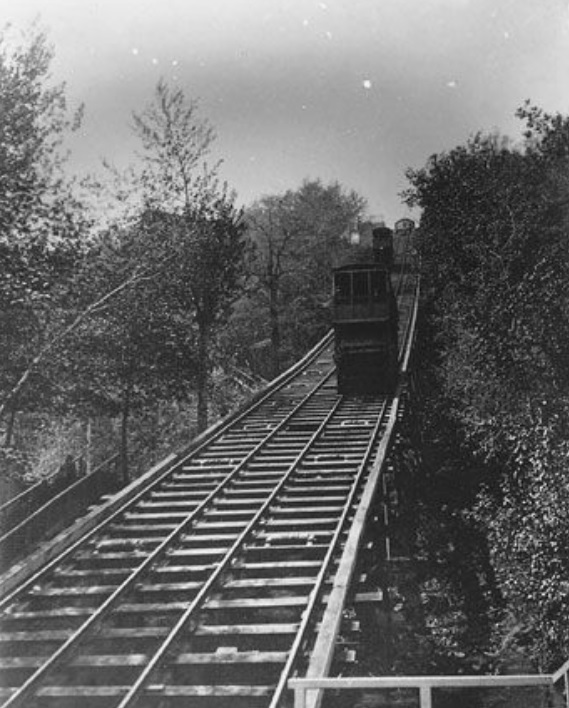
Following “Jack” McLean’s alleged suicide, strange things began happening with the funicular railway and surrounding area. Sometimes, after the park was closed, the railway was said to occasionally run on its own, the cables creaking wildly in the night.
Others incidents involved terrified passengers who reported seeing, from the caged carriage, a gruesome apparition on the slopes, reaching up towards them.
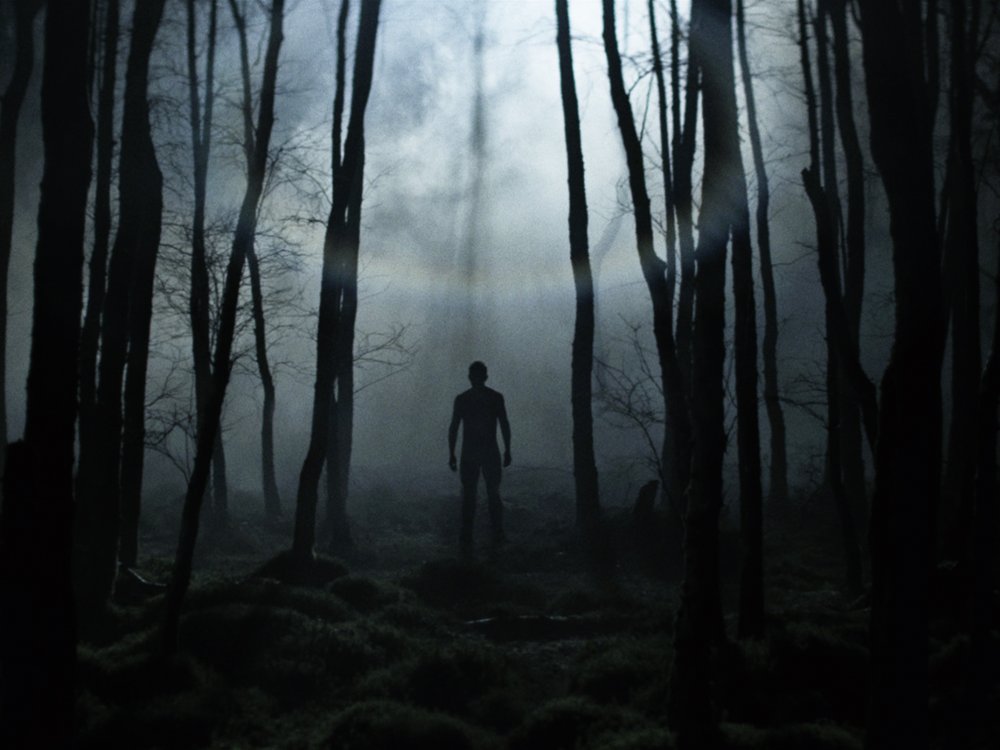
Others swore they could sometimes hear something climbing and scratching on the exterior of the carriage. Occasional mechanical failures led to a few close calls, and by 1918, the incline railway was deemed unsafe, and with declining usage, it was discontinued. After sitting abandoned for a year, it was sold as scrap for $55,000 to the Consumer Metal Company.
Nowadays, there is almost no evidence of the old funicular apart from some of its ruined foundations at the top of the mountain.
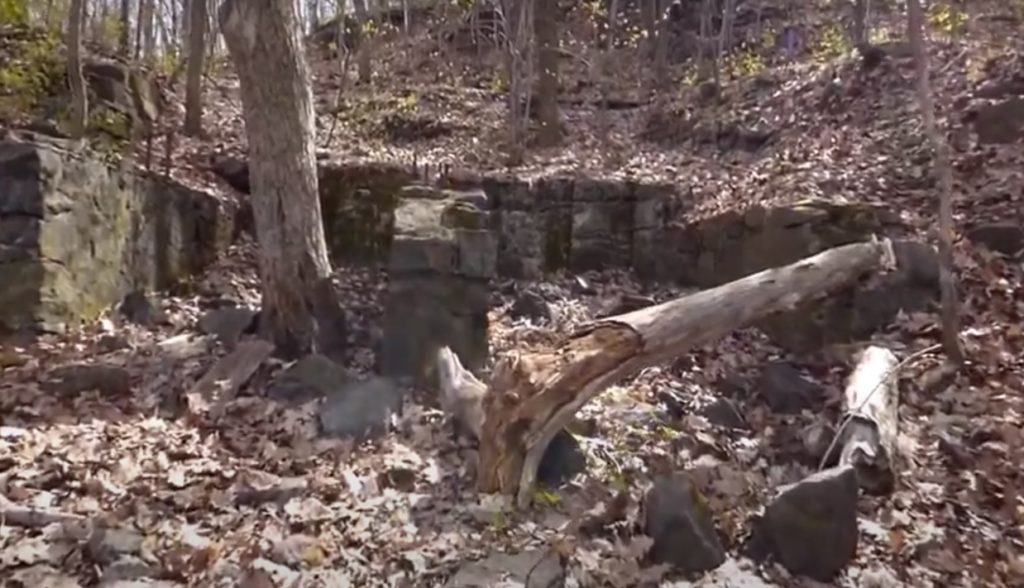
However, rumour has it that on certain nights you can faintly hear the cables creaking and the carriages running up and down the track of the old funicular. With Jack McLean’s ghost also haunting the area, it is a good reason to avoid this trail, especially at night!
Company News
Haunted Montreal is thrilled to announce that new public health measures in place allow reasonable gatherings outdoors! We are now permitted to run outdoor tours and activities with a maximum of 25 clients.
As such, we have re-booted three of our outdoor haunted experiences:
- The Haunted Downtown Ghost Walk
- The Haunted Mountain Ghost Walk
- Paranormal Investigation in the Old Sainte Antoine Cemetery

We are also offering our Virtual Ghost Tour on demand in both English and French.
Both public and private sessions are available!
Private tours can accommodate up to 25 people.
While clients can request any date, time and operating tour, they are based on the availability of our actors.
Email info@hauntedmontreal.com to book a private tour!
For Health and Safety reasons, Haunted Montreal provides face masks and hand sanitizer. All of our walking tours and haunted experiences practice social distancing.
Please spread the word to those who might be interested in a Haunted Montreal experience!
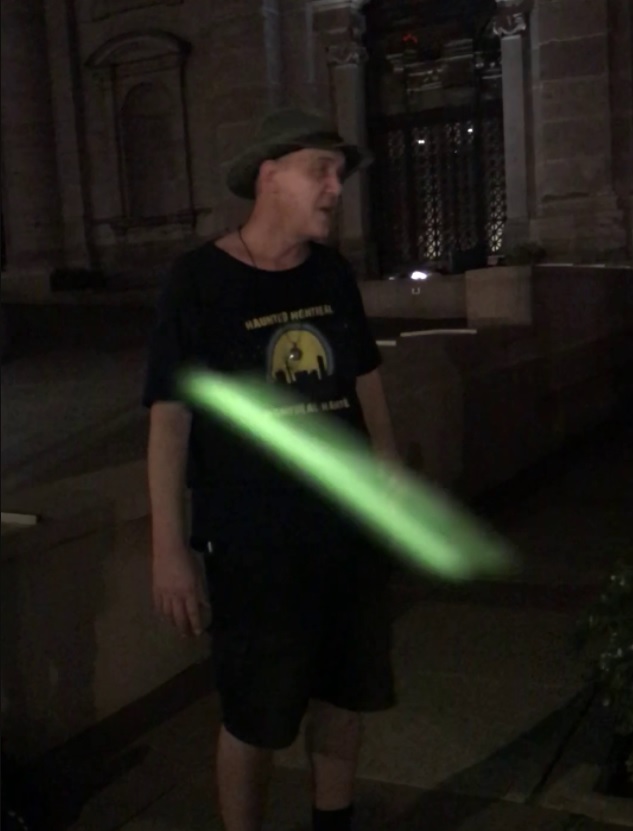
Haunted Montreal would like to thank all of our clients who attended a ghost walk, haunted pub crawl, paranormal investigation or virtual event during the 2020 – 2021 season!
If you enjoyed the experience, we encourage you to write a review on our Tripadvisor page, something that helps Haunted Montreal to market its tours.
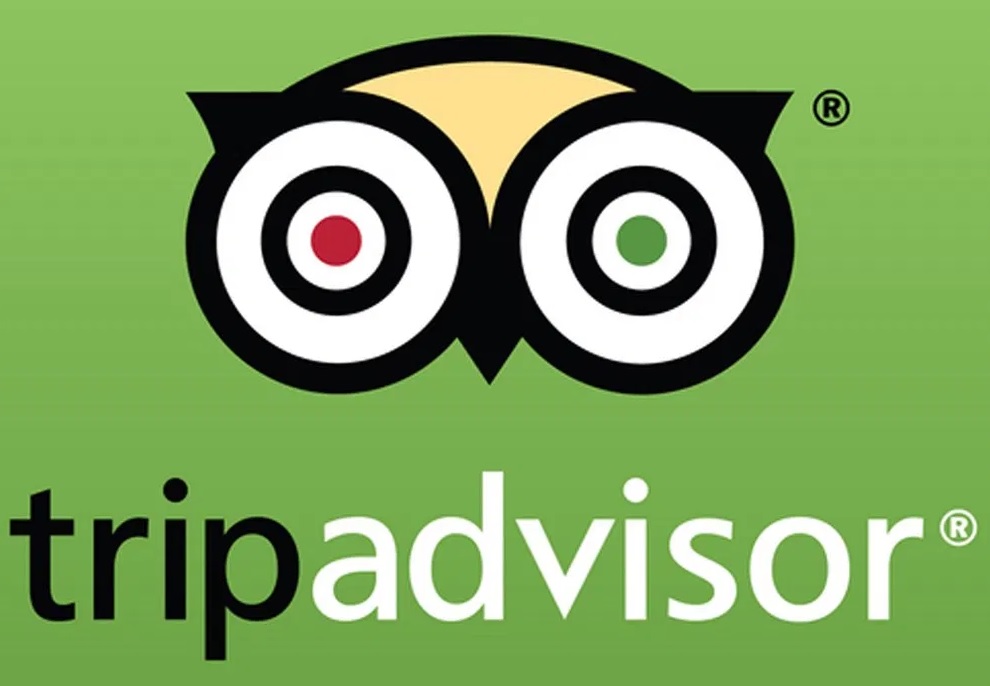
Lastly, if you would like to receive the Haunted Montreal Blog on the 13th of every month, please sign up to our mailing list.
Coming up on July 13: Sir John A. MacDonald Plinth
In 1895, British Imperialists erected a statue of Sir John A. MacDonald in the heart of Montreal’s old Sainte Antoine Catholic Cemetery. The workers dug up dozens of French, Irish and Indigenous Catholics to erect the monument of a Protestant man who committed genocide against Indigenous people through his Residential Schools program. He was also anti-French, anti-Irish and anti-Métis. Following various reports about Truth and Reconciliation in the early 21st Century, conscientious citizens toppled MacDonald’s statue in August, 2020 after years of vandalism. While the statue has always been considered haunted, paranormal activity has increased at the now-empty plinth since local Montrealers tore down the statue.
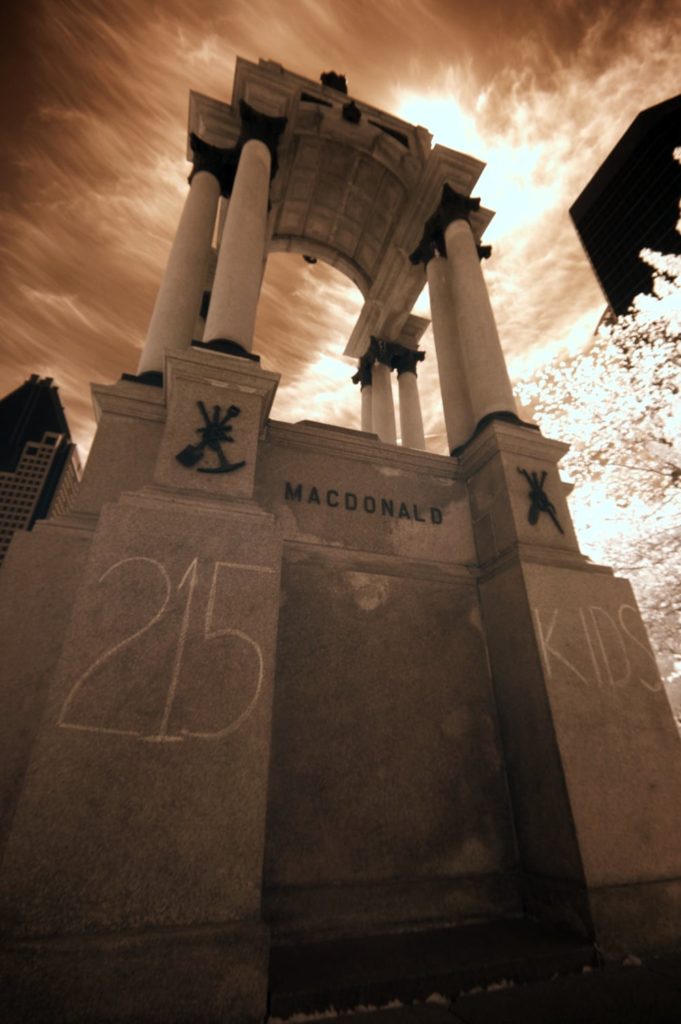
Donovan King is a postcolonial historian, teacher, tour guide and professional actor. As the founder of Haunted Montreal, he combines his skills to create the best possible Montreal ghost stories, in both writing and theatrical performance. King holds a DEC (Professional Theatre Acting, John Abbott College), BFA (Drama-in-Education, Concordia), B.Ed (History and English Teaching, McGill), MFA (Theatre Studies, University of Calgary) and ACS (Montreal Tourist Guide, Institut de tourisme et d’hôtellerie du Québec). He is also a certified Montreal Destination Specialist.



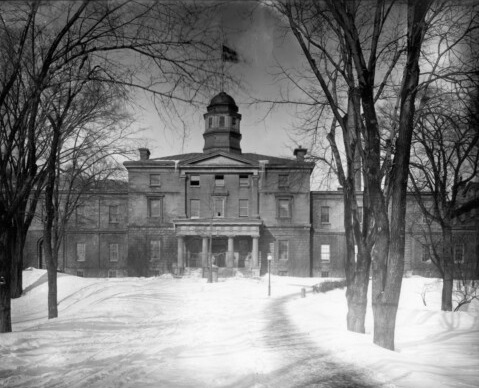
Comments (0)